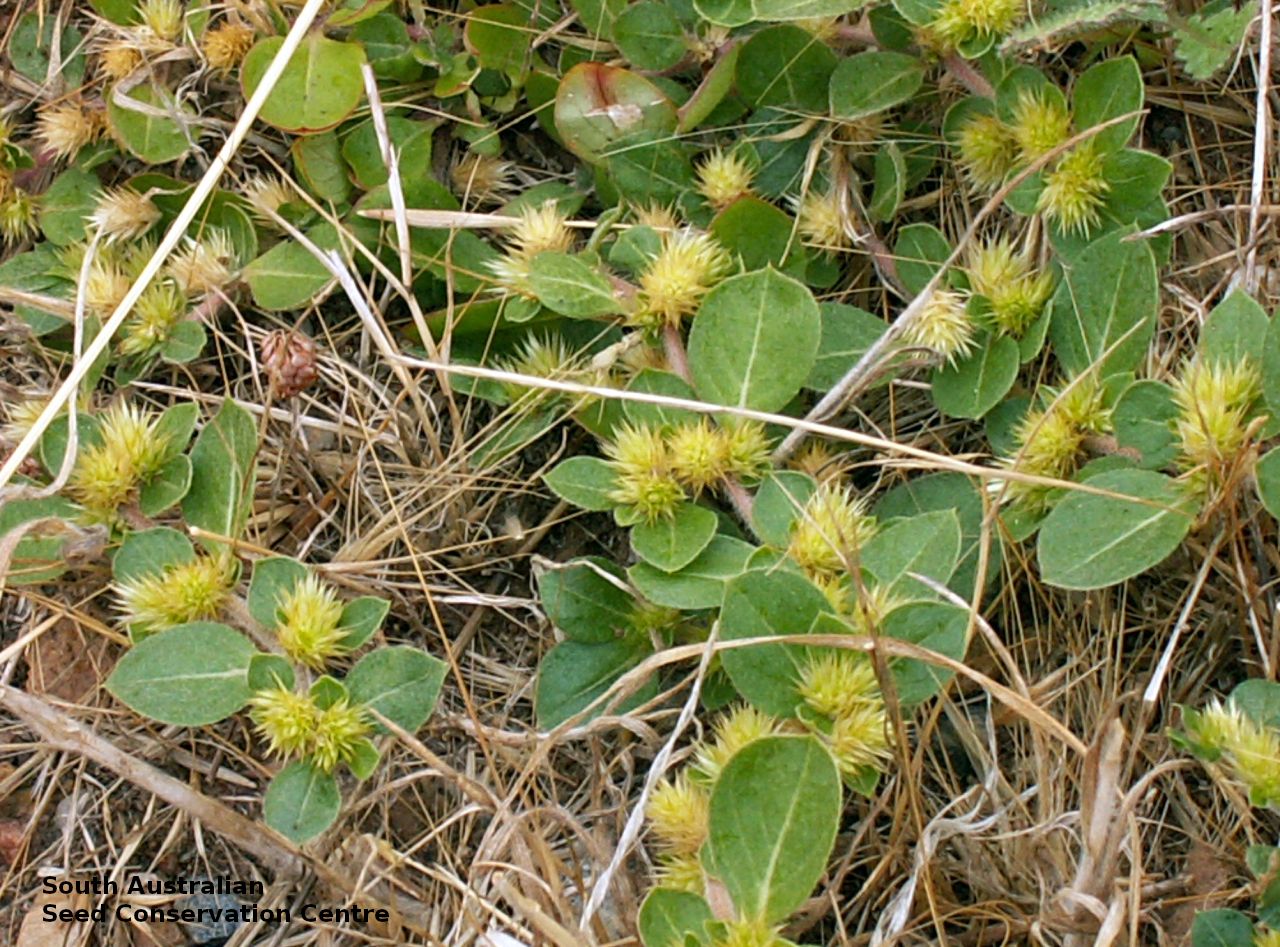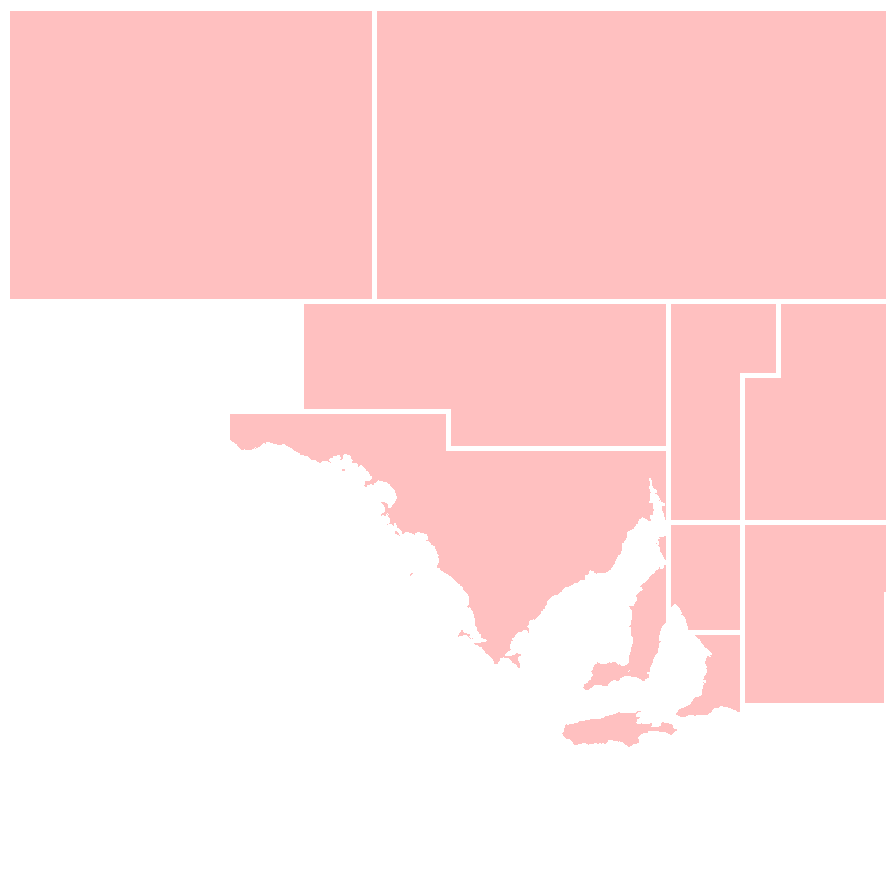


Botanical art
Prior names
Alternanthera repens
Achyranthes repens
Etymology
Alternanthera from the Latin 'alternus' meaning alternate and 'anthera' meaning anthers, referring to the filaments without anthers often alternate with fertile stamens. Pungens from Latin meaning sharply pointed, spiny, referring to the lanceolate bracts with a pungent end.
Distribution and status
Native to South America and now naturalised in South Australia with scattered collections from Marla to Robe, growing in disturbed sites, bare areas, roadsides, parks, lawns, waste areas and watercourses. Also naturalised in all mainland states. Introduced. Common in South Australia. Common in the other states.
Herbarium regions: North Western, Lake Eyre, Gairdner-Torrens, Flinders Ranges, Eastern, Eyre Peninsula, Northern Lofty, Murray, Yorke Peninsula, Southern Lofty, Kangaroo Island, Green Adelaide
NRM regions: Adelaide and Mount Lofty Ranges, Alinytjara Wilurara, Eyre Peninsula, Kangaroo Island, Northern and Yorke, South Australian Arid Lands, South Australian Murray-Darling Basin
AVH map: SA distribution map (external link)
Plant description
Prostrate ephemeral or perennial herb to 60 cm long with softly hairy along the stems and rooting at the nodes. Leaves obovate to circular, to 5 cm long and 10 mm wide, glabrous except for scattered hairs on lower midrib and base of lamina. Inflorescence in axillary ovoid spike to 15 mm long with greenish-yellow or greenish-coloured flowers. Flower bracts lanceolate, pungent. Flowering between March and April. Fruits are pale brown, semi-flat, ovoid to 1.3 mm long with 5 papery bracts. Seed embryo type is peripheral.
Seed collection and propagation
Collect seeds between April and June. Collect mature fruits, those that are turning a pale straw colour and contain very small brown seeds. Can collect individual spike or break off the whole stem. Place the fruit in a tray and leave to dry for a few weeks. Then rub the fruits gently by hand to dislodge the seeds. Use a sieve to separate the unwanted material. Be careful as the seeds are very small, less than 2 mm across. Store the seeds with a desiccant such as dried silica beads or dry rice, in an air tight container in a cool and dry place. Not all fruit will contain a seed. Seed viability can be high but seed availability can be low. Seeds are non-dormant, viable seed should germinate readily.